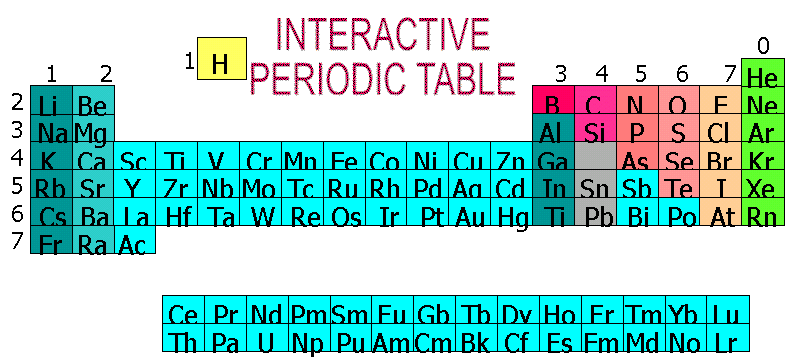
| Atomic Number | 9 |
| Molar Mass | 19 |
| State at Room Temperature | pale yellow gas |
| Melting Temperature/°C | -220 |
| Boiling Temperature/°C | -188 |
| Atomic Radius/pm | 72 |
| Ionic Radius | 136 |
| 1st Ionization energy/ kJ mol | 1680 |
| Electron Affinity/ kJ mol | -348 |
| Bond Dissociation Enthalpy/ kJ mol | 158 |
Fluorine is the most reactive element of the halogens. It is so reactive that it will combine directly with all the other elements (except the noble gases) to form fluorides. This is partly due to the fact that it is the most electronegative lement and can therefore attrack electrons to itself more effectively than any other element. In addition to this, the Fluorine atom is very small in size, thus leading to short intermolecular distances in the F2 molecule. As a result there is a strong repulsion force between the non-bonding electrons. This is also why the Fluorine molecule is very easy to break up.
However, due to its very reactive character, Fluorine forms very stable compounds. In fact, due to its small size ionic fluorides have high lattice energies. Furthermore, this element is one of the few which can form hydrogen bonds. This causes hydrogen fluoride to have the highest boiling point of the hydrogen halides due to the H-bonds, which appraoch the strength of covalent bonds.
Fluorine is an excellent oxidising agent. As a result, Fluorine will bleach litmus paper very rapidly.